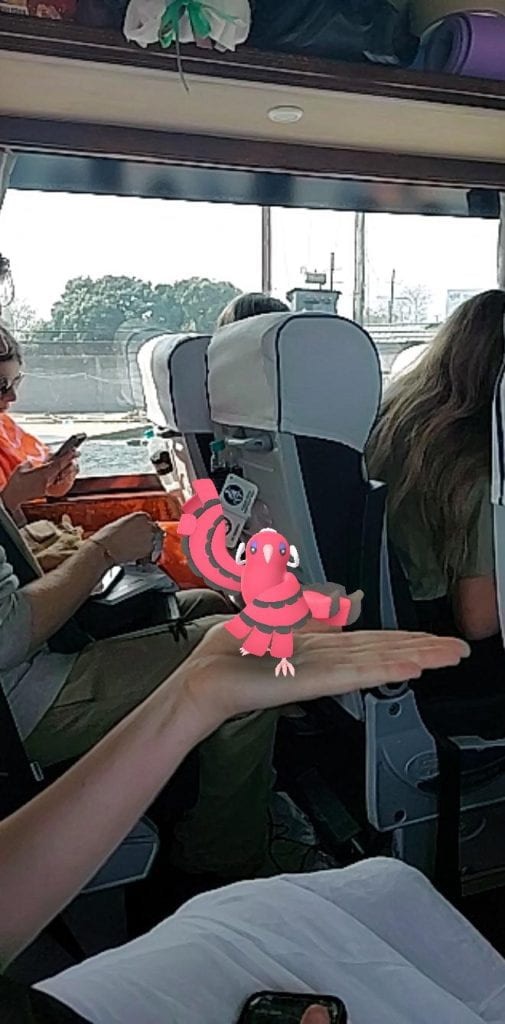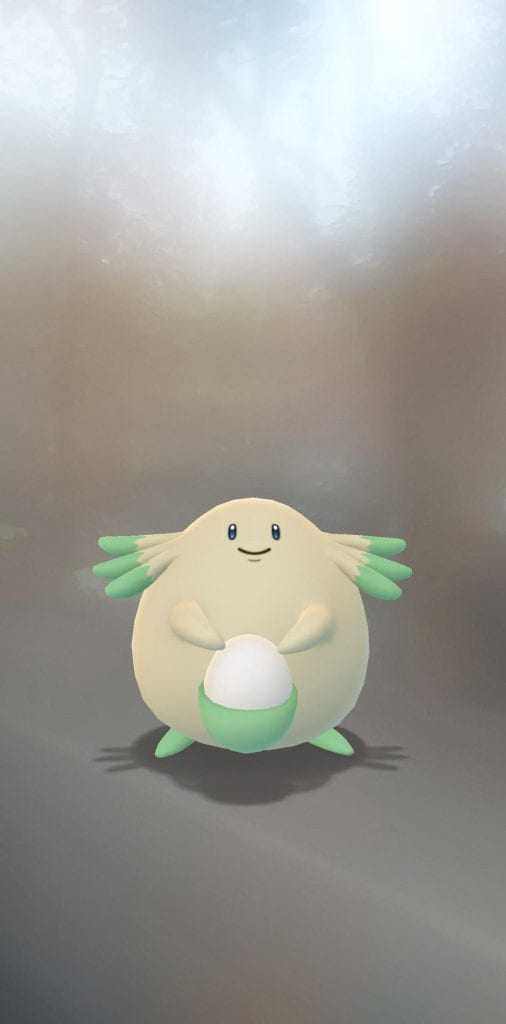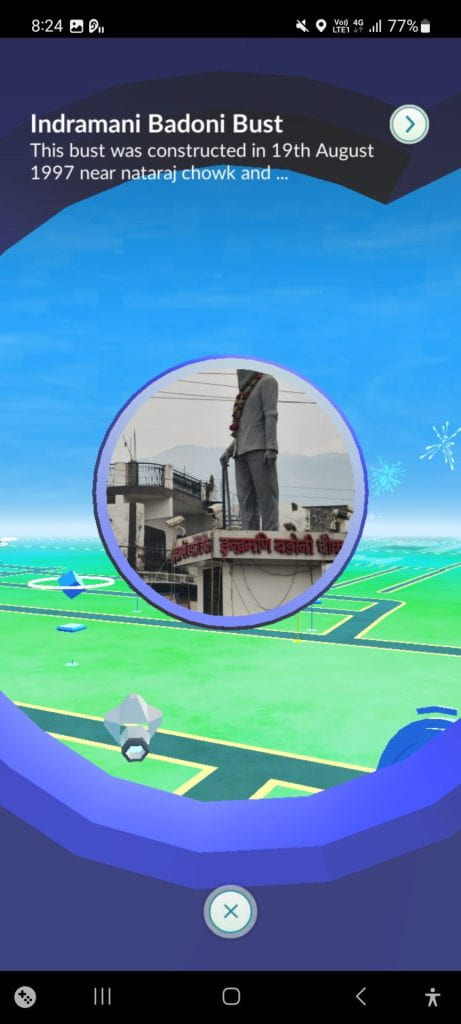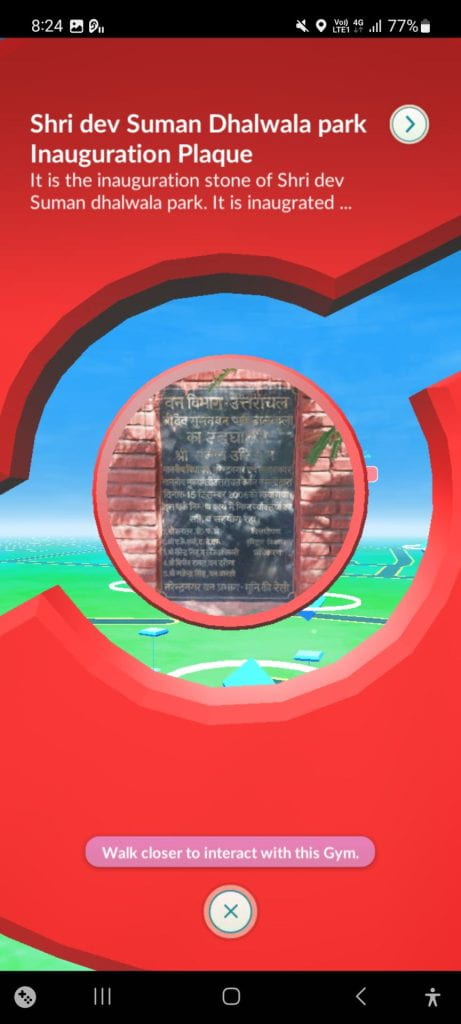An unexpected travel companion to this trip was the revival of my Pokemon Go account.For the uninitiated, Pokémon Go is a mobile app game centered on exploring your local area to find Pokemon, collect items to support your Pokemon and battle other Pokemon as traditional for the franchise. Each player who joins chooses a team, with Mystic (yellow), Valor (Red) and Instinct (Blue). These teams matter when it comes to occupying gyms with players able to add Pokemon to gyms of their teams’ colour and battle Pokemon in gyms of opposite colours.
The game became a phenomenon in July of 2016 when it was originally launched. There were reports of people leaving their houses for the first time in 10 years, overcoming intense social anxiety to play the game. Many businesses reported increased business when their location was geotagged as gyms or “pokestops.” The Pokemon community emerged from what had previously been a primarily indoor and solo activity to having a physical presence in the real world. The virtual Pokemon universe became linked to the real world.
Not all was positive however, with many players suffering accidents and injuries relating to improper awareness of the environment, and distracted driving. In some cases, private residences were tagged as locations leading to unwanted visitors and invasions of privacy, where users can now apply to revoke geotagged locations from the game as a result.
While the fad has very much died, an average of 82 million players are still active on the game. So sitting in the Hampi airport waiting for our flight to Mumbai and being asked if I had any games on my phone, I reopened the door to Pokemon Go.
The first thing that struck me was the different proportion of the Pokemon Go Teams. Primarily in New Zealand, the blue colour is the most popular team, followed by red and then very last is yellow. This matches with the popular trends and common colour theory in the West, where blue is seen as strategic and red as passionate/competitive. Instead, in India, the distributions of teams is entirely different, with a resurgence of team mystic (yellow). This is not surprising considering the different perceptions of colour in India. Yellow is considered to be a sign of prosperity and opulence, linked to the proximity to gold.






So what makes Pokemon Go a good travel guide? There’s a number of features within the app which provides a novel way to present geographical information.The newest of these features is the concept of routes. These are pathways which direct exploration of city by passing along nearby landmarks. Pokestops and gyms, the backbone of the game, are generated from map data and provide information about each location. As these geotagged locations are generated in proportion to population density, there are lots of pokestops and gyms in India’s cities and towns. Terrain type is also integrated into the types of Pokemon which spawn across the map, as well as weather information. In addition, there are region-specific Pokemon which cannot be found anywhere else in the world.
Although Pokemon Go was intended as a tool for exploring one’s local area, it is greatly informative and useful in the context of travel. This “gamification of exploration” is a great starting point for getting to know a new city and self-guided sightseeing. I’m still however on the look out for another Pokemon Go player to share what the experience is like over here in India and what kind of community there is. I’d imagine that cheap data, high population density, high variation of landscapes, and region exclusives make playing Pokemon Go in India pretty popular. But until that time comes, it’s time for me to put my phone away and ‘go touch grass’.











